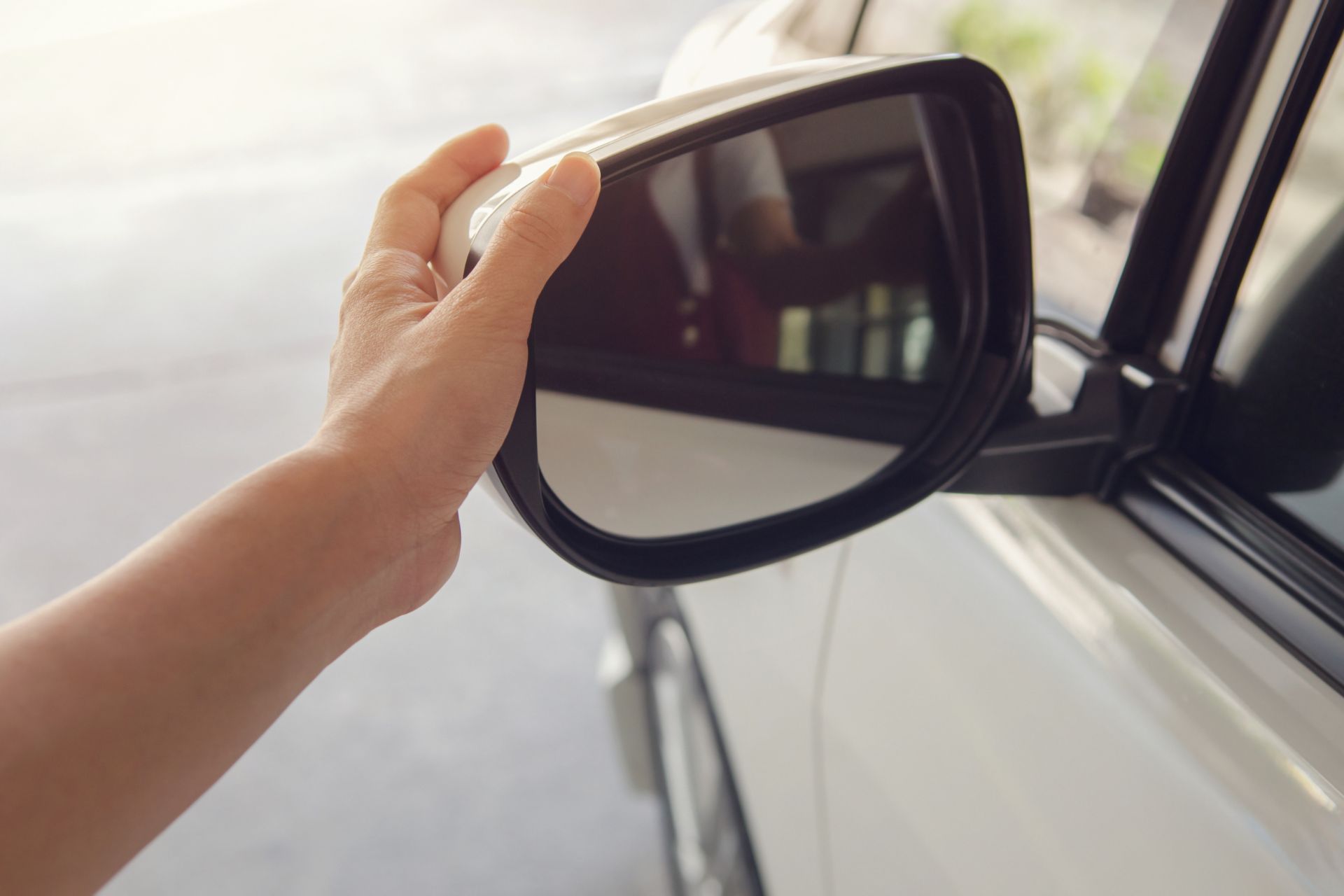Mirrors: Ensuring Safe Driving with Proper Adjustments

Proper Mirror Adjustments and Usage
Each vehicle has rearview and side-view mirrors to help drivers stay aware of their surroundings. Correctly adjusting these mirrors is essential for minimizing blind spots and ensuring safe driving.
Steps for Proper Mirror Adjustments
- Rearview Mirror:
- Adjust the rearview mirror to provide a clear view of the entire rear window.
- The goal is to see the traffic directly behind your vehicle without tilting your head.
- Side-View Mirrors:
- Driver's Side Mirror:
- Lean your head toward the driver's side window.
- Adjust the mirror until you can barely see the side of your vehicle.
- Passenger's Side Mirror:
- Lean towards the car’s center (near the middle console).
- Adjust the mirror until you can barely see the side of your vehicle.
- These adjustments minimize blind spots, offering a broader road view.
- Day/Night Rearview Mirror:
- If your vehicle has a day/night mirror, use the night setting to reduce glare from headlights behind you. This improves visibility and reduces eye strain during nighttime driving.
How to Position Your Mirrors
- Park on a Level Surface:
- Position your vehicle on a flat surface with clear surroundings for accurate adjustments.
- Adjust While Seated:
- Sit in your normal driving position with your seat properly adjusted. Ensure you are comfortable and can reach all controls.
- Check and Fine-Tune:
- After adjusting each mirror, ensure you have minimized blind spots and have a clear, unobstructed view.
- Test While Driving:
- Verify the adjustments while driving by ensuring you can see other vehicles approaching from behind or alongside your car without moving your head excessively.
Regular Mirror Checks
- Glance Every 5 to 6 Seconds:
- Habitually check your mirrors every few seconds to stay aware of traffic conditions.
- Before Lane Changes or Turns:
- Always check your mirrors and blind spots before making any maneuvers.
Critical Benefits of Proper Mirror Adjustment
- Minimizes blind spots, reducing the risk of collisions.
- Enhances situational awareness, enabling better decision-making on the road.
- Promotes a safer and more responsible driving experience, especially in high-traffic conditions.
